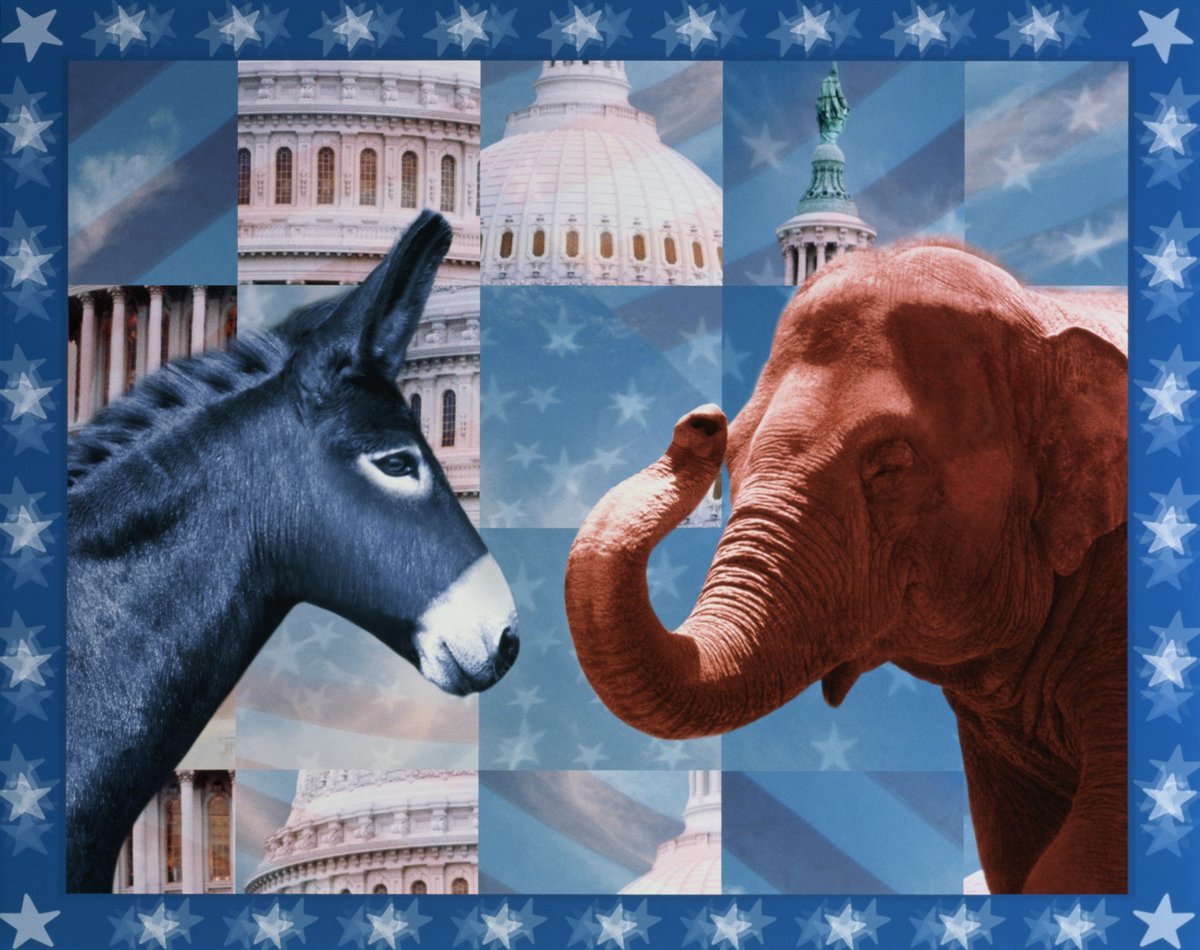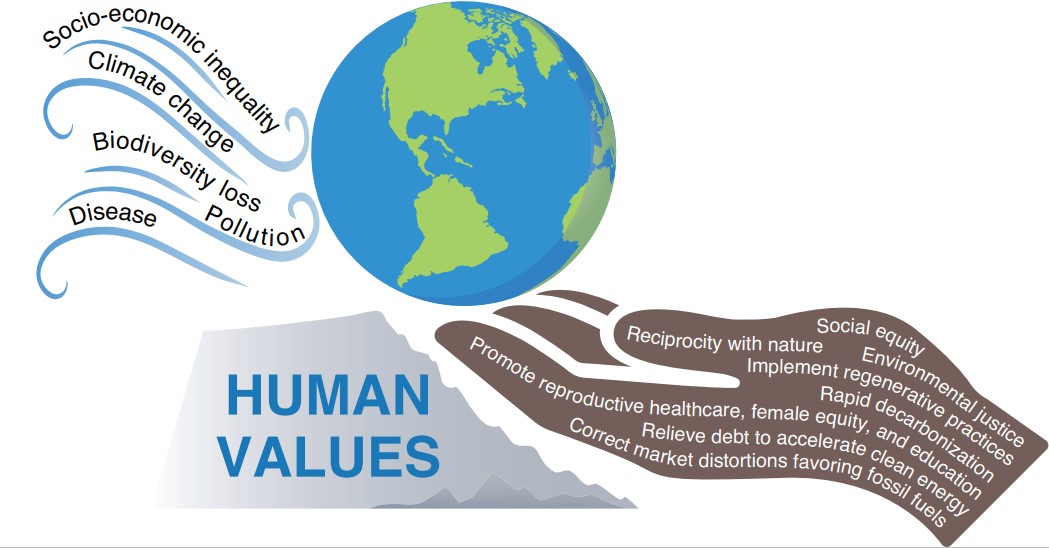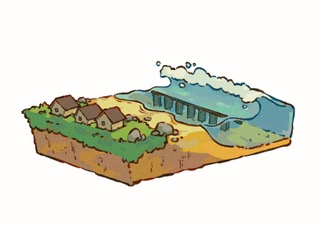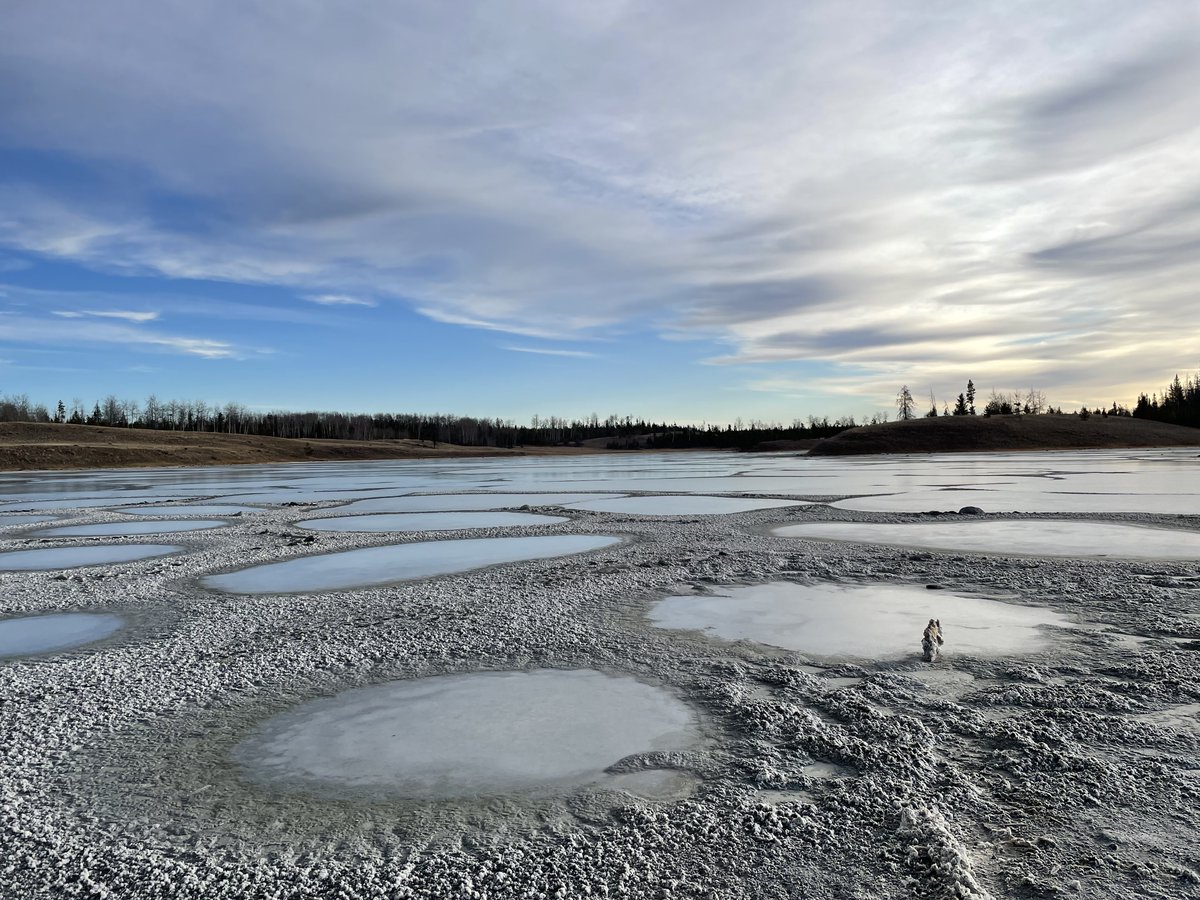
PNAS Nexus
@PNASNexus
PNAS Nexus is the fully open access sibling journal to PNAS (@PNASNews) & official journal of the National Academy of Sciences (@theNASciences).
ID:1390702588409044997
https://pnasnexus.org/ 07-05-2021 16:18:37
636 Tweets
2,0K Followers
492 Following





































